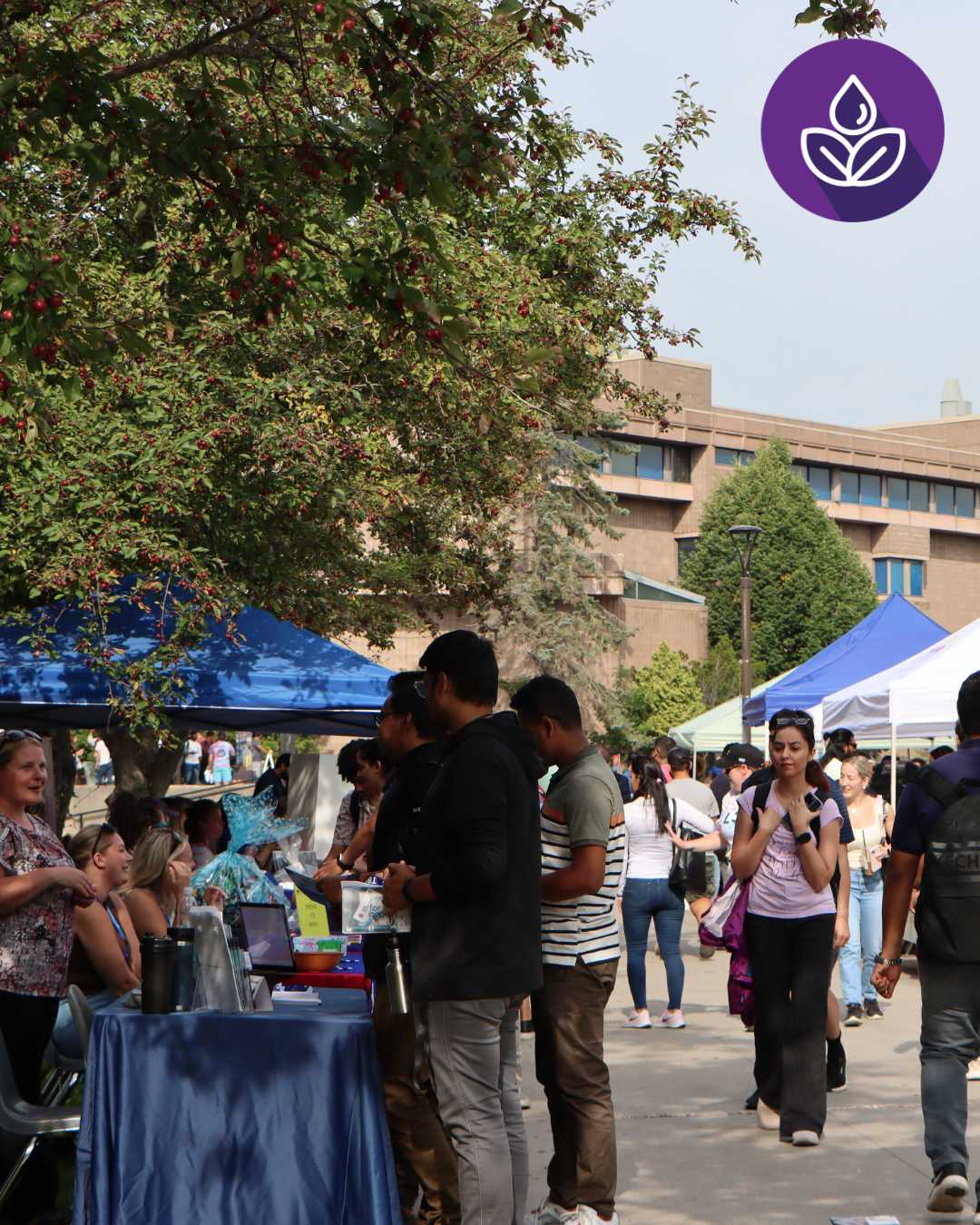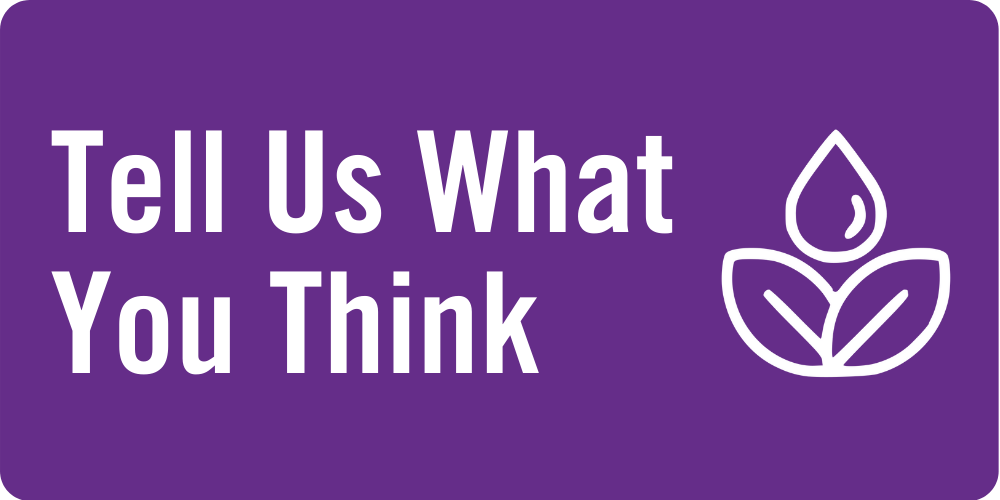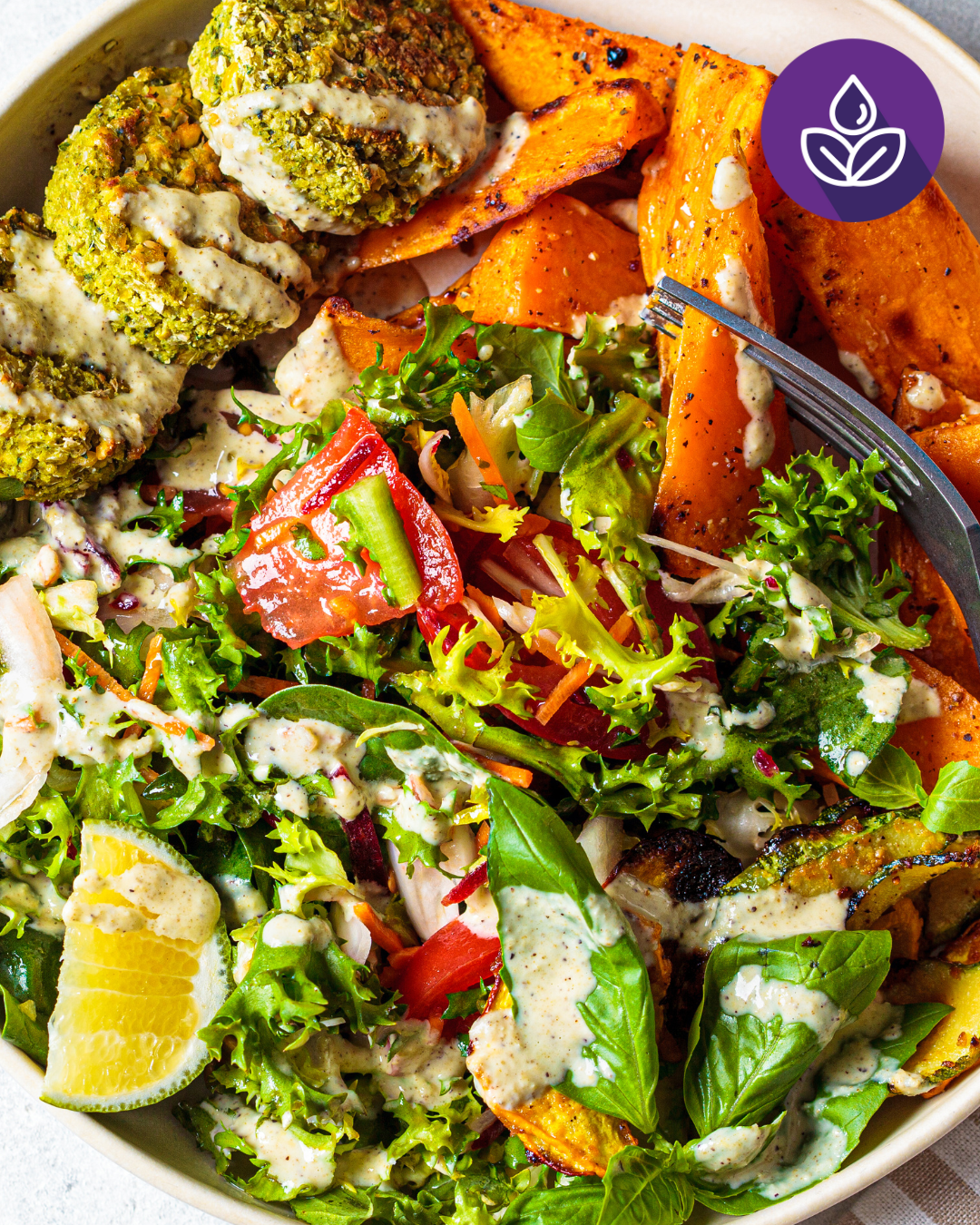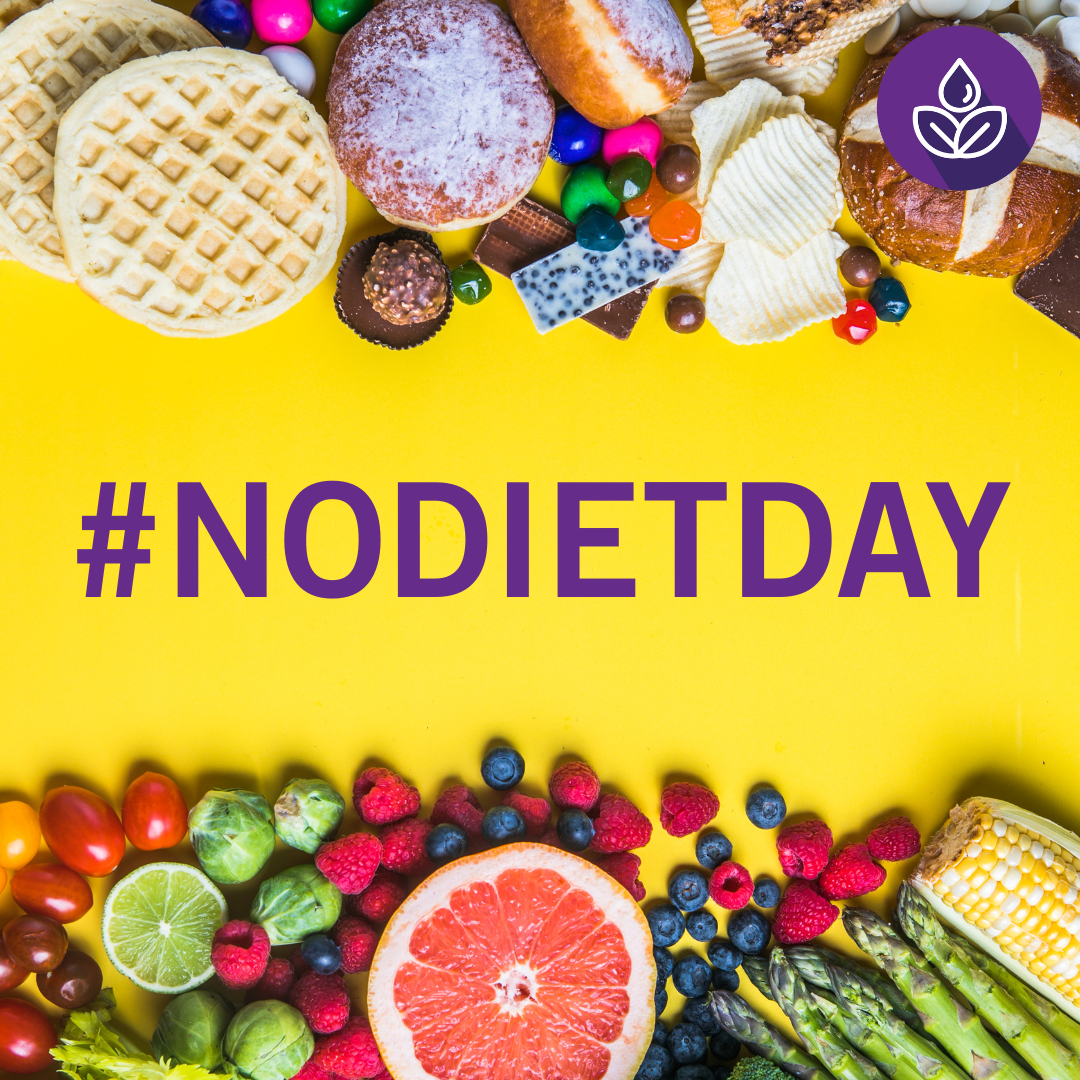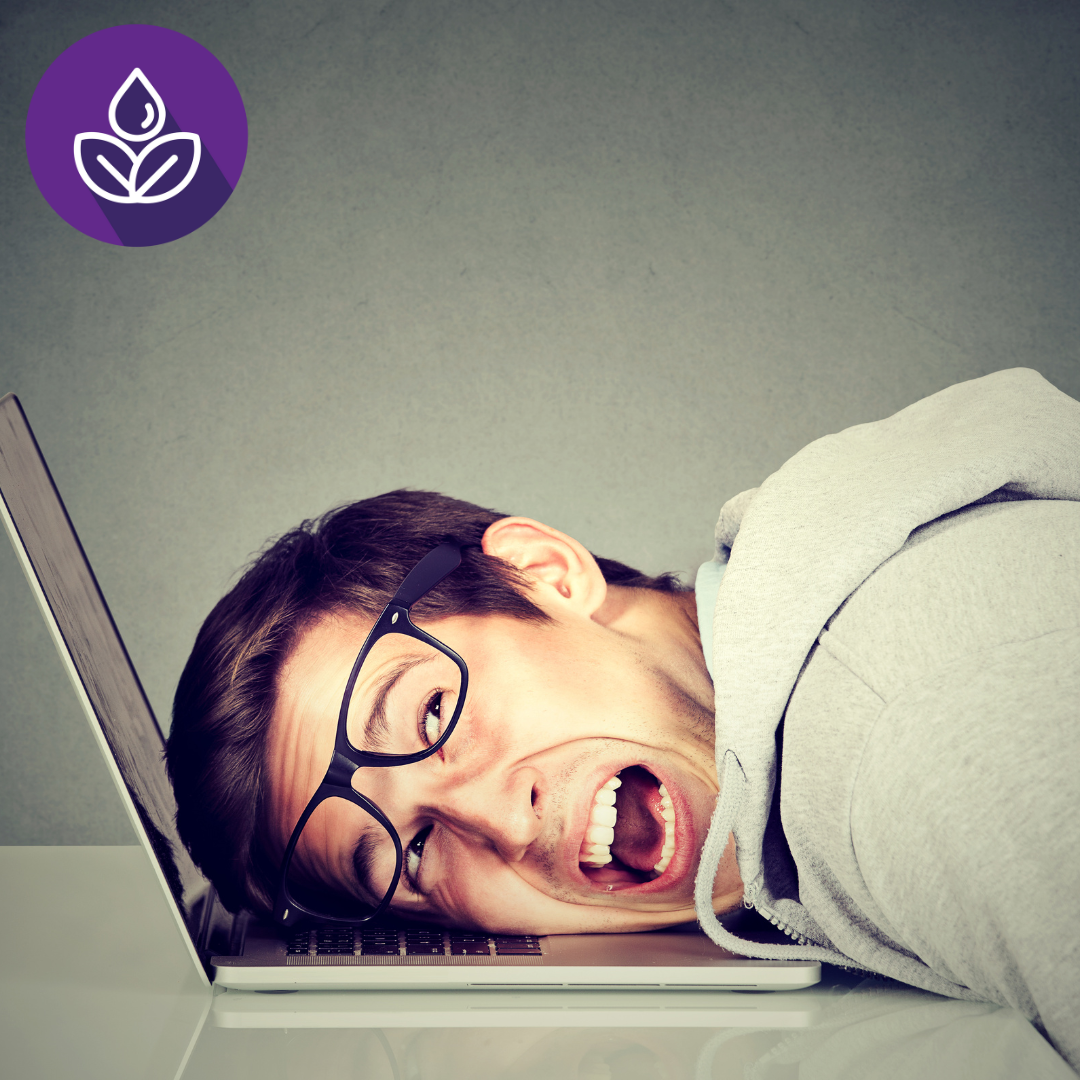Wellness at Lakehead: What You Need to Know
-August 11, 2025
Your first year at university is full of change—from adjusting to new routines and expectations to settling into a new community. At Lakehead, we believe that taking care of your well-being is key to a successful student experience. That’s why we’ve created tools to help you stay healthy in every sense of the word.
1. A Thunderwolf's Guide to a Healthy First Year
Whether you're living on or off campus, this guide covers the essentials: sleep, nutrition, physical activity, stress management, social connection, and academic success. It’s designed to help you build strong habits and know where to turn when things get tough.
2. Campus & Community Wellness Maps
Sometimes all it takes is a change of scenery. Our wellness maps highlight places to move your body, spend time outdoors, reflect, socialize, or just take a break, on campus and in the surrounding community.
3. The WellU Key
The WellU Key is your year-round resource for everything wellness-related at Lakehead. From events and workshops to services and supports, it connects you to what you need, when you need it. Complete a self-assessment and explore what's available to you at lakeheadu.ca/wellukey
4. Join us for WellU Wednesdays
During the first six weeks of the fall term, Student Health and Wellness hosts WellU Wednesdays—weekly events focused on helping you connect with others, explore campus life, and practice wellness-supporting behaviours in fun, low-pressure ways. These events are a great way to build healthy habits and find your community- find the full schedule at lakeheadu.ca/shw-events.
Take the first step
There’s no one-size-fits-all approach to wellness, especially at university. Explore what’s available, try something new, and find what works for you.
